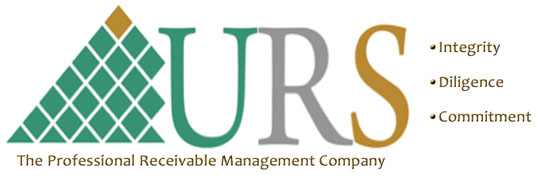Given the unfortunate economic circumstances for millions of Americans, more and more medical practices are finding it increasingly difficult collecting deductibles and self-pay balances. This situation is not only impacting cash flow for practices, but negatively affecting bottom lines. According to a recent study published in the American Journal of Medicine, 2007, “Medical bills are the cause of more than 60% of all bankruptcy filings in the United States…” Many patients ask, “Why aren’t insurance plans covering more of the medical expenses”? As a result, medical practices are now dealing with the uncomfortable task of asking patients for payments after treatments and before they can be seen on the following appointments.
URS recommends the following to minimizing bad debt losses and maximizing cash flow:
- Inform patients of payment policies prior to being treated. Office policies should include a list of accepted credit cards and a credit agreement which is to be signed by patients/guarantors who do not have insurance or high deductibles (HSA).
- Select patients for collections using these criteria: Minimum of 3 statements and no contact from patients indicating willingness to arrange payment plans; balances > $49.99; mail is returned.
- Contact with patients should be geared to `motivating’ patients to pay, not via intimidation tactics.
- Patients with insurances should have their policies (including secondary insurance) validated prior to the office visit date.
- Surgical practices need to call insurances for eligibility, authorizations based upon Diagnosis codes presented in ascending order. This should be completed a minimum of 48 hours prior to the scheduled surgery date.
